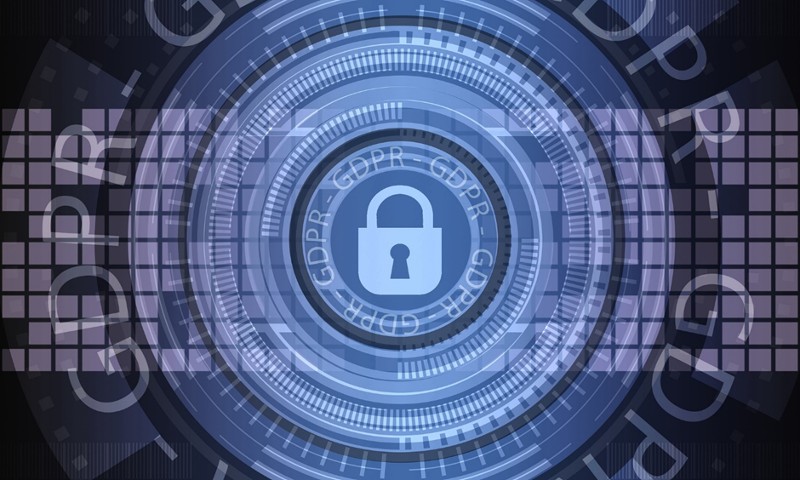What is Zero Trust and Borderless Cybersecurity?
In 2021, the UK lost £2.6 billion to cybercrime and fraud. Such losses have been felt since the start of the COVID-19 pandemic, wherein from May 2020 to May 2021, just under half of UK manufacturers reported being victims of cybercrime. A third of UK businesses have also expressed concern about being more vulnerable to cybercrime now than before the pandemic began.
There is no denying that the unexpected paradigm shift that the novel coronavirus thrust upon the way we do work has contributed greatly to the massive spike in cybersecurity issues. Remote work and cloud computing have suddenly become the norm, exposing vulnerabilities that cybercriminals are rampantly exploiting, especially within the countless organisations unprepared for digital transitions.
It is no wonder then that to address the rising tide of cybercrime, the calls for zero trust and borderless cybersecurity are growing stronger.
What is Zero Trust?
The underlying philosophy of zero trust is, as the name implies, there cannot be any inherent trust placed on anything in the context of cybersecurity. It excludes nothing, not even those that are already considered within the network. Every user, device, program, or resource taking whatever action must be verified every single time.
Zero trust contrasts with traditional cybersecurity, where the latter’s mindset is “trust but verify” while the former is “never trust, always verify”. With the old approach to cybersecurity, it is assumed that once an entity has gained access to a network, it can be trusted. This model was built on outmoded operations where internal processes were always expected to be done within premises using locked-down devices approved by the organisation.
Even before the pandemic hit, conventional cybersecurity had already been failing. The UK cybercrime rate had already doubled from 13% of businesses in 2015 to 25% in 2019. COVID has only accelerated the need for a new way of mitigating cybercrime. There are now so many more access points that can be taken advantage of, as organisations conduct transactions across multiple locations and devices, not all of which are secure.
Implementing zero trust through borderless cybersecurity, therefore, requires strictly enforced policies where continuous vetting ensures every user and device always has proper credentials and only the minimum level of access to accomplish each task.
Advantages of Zero Trust
Building your cybersecurity architecture with the zero trust model brings key benefits, some of which even go beyond IT defences.
Cybersecurity for the modern age — The realities of today where remote work is a given and cybercrime is targeting the flaws of such working conditions are likely to extend to the future. Zero trust directly addresses the issue of potentially compromised user accounts and devices from remote workers with much stronger authentication and authorisation.
Mitigation via segmentation — Zero trust forces entities to access information and resources through segmented compartments. As such, your network’s attack surface is minimised, providing greater protection for critical data even in the case of a compromised segment. Attackers are prevented from moving laterally across the network if they somehow gain access.
Facilitates collaboration — There is a great risk to allowing specific network access to parties that are external to your organisation or even internally between departments for collaborative projects. With zero trust, it would be much safer to pursue partnerships when you have much greater control over access to certain data, as collaborators would only see exactly what you want them to see when they access your network.
Challenges of Zero Trust
For as good as zero trust can be for securing networks, implementing it is not without its challenges.
Time and resource cost — Zero trust is still a fairly new concept for many organisations to adopt. It will be costly and difficult for most, as new technologies and training are needed to properly build a zero trust cybersecurity system. There is no guarantee of a successful transition from a legacy system as well, so a complete rebuild might be necessary.
Complex management — Tighter control over every access point to a large network requires management over a myriad of users, devices, and applications. There need to be specific policies for employees, partners, and suppliers; monitoring of different device types; and validation of local and cloud-based apps.
More data locations to secure — The decentralisation of data in the modern organisation’s network means it is not enough to secure endpoints and internal systems. Cloud-based environments will also have to be accounted for. It is therefore imperative that a network’s entire data infrastructure is configured flawlessly, especially when it comes to cloud services that can be accessed from any location.
Trusting in Zero Trust
Overhauling your IT network to apply the zero trust model can come at a great cost, disrupting operations for quite some time as your organisation adapts to a stricter security system. However, given the growing problem of cybercrime that preys on companies that are still struggling to secure their transition to remote work, it may be worth the price to adopt such a cybersecurity architecture that locks down and monitors access to the greatest degree.
Ensure your company is safe and secure for the new normal of remote work and cloud computing with Evolvit’s robust cybersecurity services. Schedule a consultation with us today for free.






